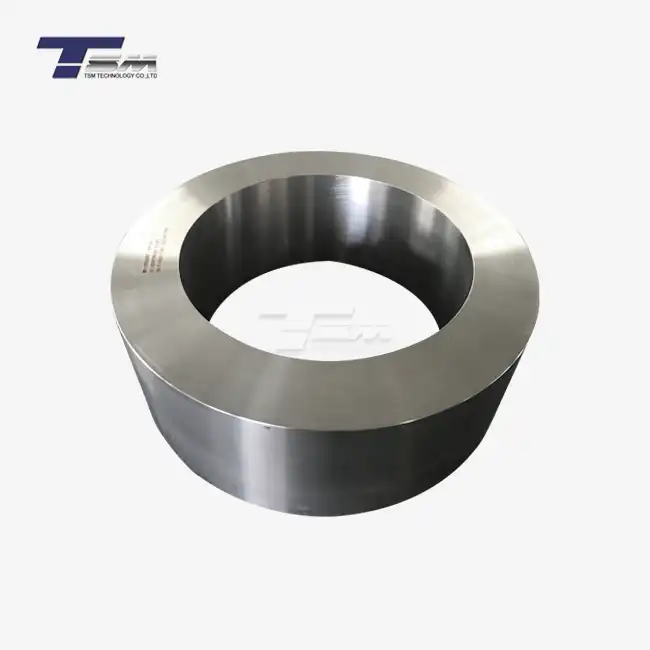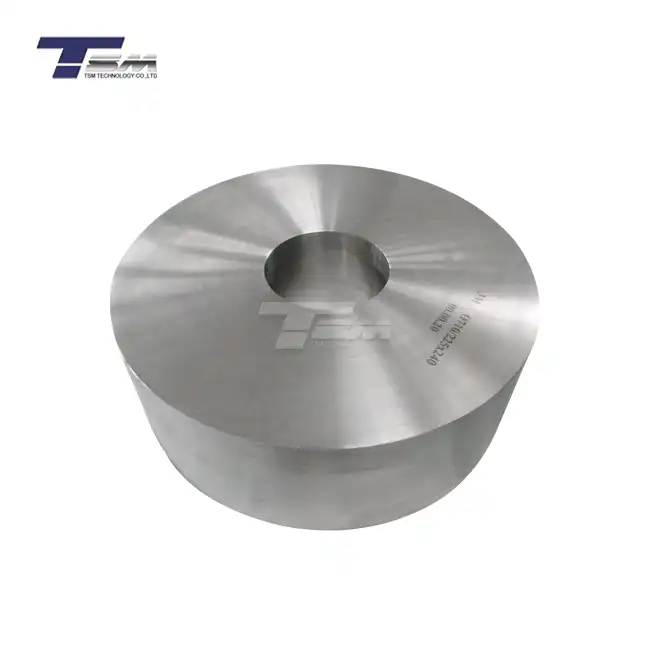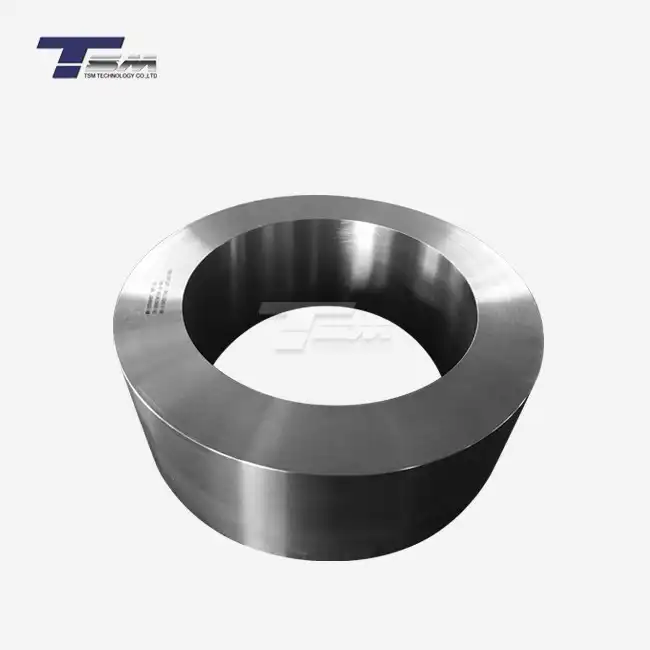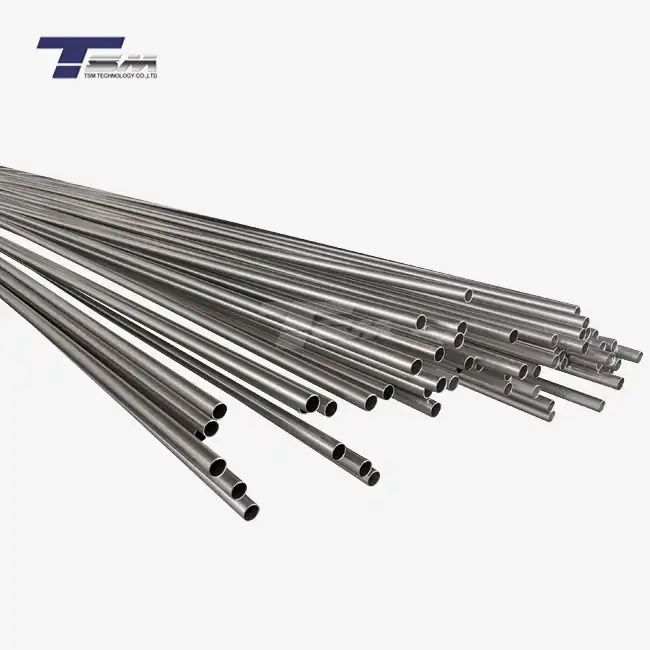- English
- French
- German
- Portuguese
- Spanish
- Russian
- Japanese
- Korean
- Arabic
- Greek
- German
- Turkish
- Italian
- Danish
- Romanian
- Indonesian
- Czech
- Afrikaans
- Swedish
- Polish
- Basque
- Catalan
- Esperanto
- Hindi
- Lao
- Albanian
- Amharic
- Armenian
- Azerbaijani
- Belarusian
- Bengali
- Bosnian
- Bulgarian
- Cebuano
- Chichewa
- Corsican
- Croatian
- Dutch
- Estonian
- Filipino
- Finnish
- Frisian
- Galician
- Georgian
- Gujarati
- Haitian
- Hausa
- Hawaiian
- Hebrew
- Hmong
- Hungarian
- Icelandic
- Igbo
- Javanese
- Kannada
- Kazakh
- Khmer
- Kurdish
- Kyrgyz
- Latin
- Latvian
- Lithuanian
- Luxembou..
- Macedonian
- Malagasy
- Malay
- Malayalam
- Maltese
- Maori
- Marathi
- Mongolian
- Burmese
- Nepali
- Norwegian
- Pashto
- Persian
- Punjabi
- Serbian
- Sesotho
- Sinhala
- Slovak
- Slovenian
- Somali
- Samoan
- Scots Gaelic
- Shona
- Sindhi
- Sundanese
- Swahili
- Tajik
- Tamil
- Telugu
- Thai
- Ukrainian
- Urdu
- Uzbek
- Vietnamese
- Welsh
- Xhosa
- Yiddish
- Yoruba
- Zulu
Nickel 201 Tube vs. Nickel 200 - Differences & Applications
When it comes to selecting the right nickel alloy for your industrial applications, understanding the differences between Nickel 201 tube and Nickel 200 is crucial. Both alloys offer excellent corrosion resistance and mechanical properties, but they have distinct characteristics that make them suitable for specific uses. Nickel 201 tube, with its lower carbon content, exhibits superior resistance to embrittlement at high temperatures, making it ideal for applications involving hydrogen or hydrocarbons. On the other hand, Nickel 200 offers higher strength and hardness, making it more suitable for applications requiring greater mechanical properties. This article delves into the key differences between these two alloys and explores their various applications across industries.
Composition and Properties of Nickel 201 Tube and Nickel 200
Chemical Composition
Nickel 201 tube and Nickel 200 share nearly identical chemical compositions, differing mainly in carbon content. Nickel 201, with a maximum of 0.02% carbon, offers better resistance to intergranular corrosion and is ideal for high-temperature applications. In contrast, Nickel 200, with up to 0.15% carbon, provides higher mechanical strength but is less suited for elevated temperatures.
Mechanical Properties
The mechanical properties of Nickel 201 tube and Nickel 200 differ slightly due to their carbon content. Nickel 200 typically has greater tensile strength and hardness, making it suitable for structural applications. On the other hand, Nickel 201, with its lower carbon content, offers improved ductility and is easier to fabricate, especially in processes like deep drawing, spinning, and welding.

Thermal Characteristics
Both alloys possess excellent thermal properties, but the Nickel 201 tube performs better in high-temperature conditions. Its low carbon content minimizes carbide formation, which helps maintain ductility and structural integrity over time. This makes it especially valuable in applications like chemical processing or heat exchangers, where thermal stability and resistance to oxidation at elevated temperatures are essential.
Applications of Nickel 201 Tube and Nickel 200
Applications of Nickel 200 vs. Nickel 201 Tubes
| Industry | Nickel 200 Tube | Nickel 201 Tube | Key Differentiator |
|---|---|---|---|
| Chemical Processing | - Reactors, heat exchangers (moderate temps) | - Preferred: Hydrogenation reactors, high-purity chemical handling - Strong alkali (NaOH) resistance |
201: Ultra-low carbon (≤0.02%) prevents carbide precipitation at high temps |
| Food & Beverage | - General-purpose piping, storage tanks | - Superior: Caustic solution (e.g., NaOH) evaporators - Hygiene-critical equipment |
201: Low carbon reduces contamination risks |
| Aerospace & Defense | - Preferred: Fasteners, engine parts, structural components - High strength (345 MPa yield) |
- Limited use (lower strength) - Selected for thermal stability in niche applications |
200: Higher mechanical strength for load-bearing parts |
| Electronics | - Electrical conductors, battery components | - Semiconductor equipment (high-purity gas delivery) | 201: Better for ultra-clean environments |
| Oil & Gas | - Offshore piping (moderate corrosion resistance) | - Superior: Sour gas (H₂S) environments - Carburization-resistant tubing |
Factors Influencing the Choice Between Nickel 201 Tube and Nickel 200
Operating Temperature
The operating temperature of the intended application plays a crucial role in determining whether Nickel 201 tube or Nickel 200 is more suitable. For high-temperature environments, particularly those exceeding 600°C (1112°F), Nickel 201 is often the preferred choice due to its superior resistance to embrittlement and carbide precipitation. This makes it ideal for applications such as heat-treating equipment, furnace components, and high-temperature reactors.
Corrosive Environment
Both Nickel 201 and Nickel 200 offer excellent corrosion resistance, but their performance can vary depending on the specific corrosive media. Nickel 201 tube exhibits better resistance to caustic environments and reducing acids, making it the go-to option for applications involving alkalis, hydrofluoric acid, and organic compounds. Nickel 200, on the other hand, may be more suitable in oxidizing environments due to its slightly higher chromium content.
Mechanical Requirements
When selecting between Nickel 201 tube and Nickel 200, it's essential to consider the mechanical demands of the application. If higher strength and hardness are required, Nickel 200 may be a better choice. However, for applications that prioritize formability and ductility, such as the fabrication of complex tubing systems or heat exchanger components, Nickel 201 tube offers advantages due to its enhanced malleability.
Conclusion
In the realm of nickel alloys, both Nickel 201 tube and Nickel 200 offer unique advantages for various industrial applications. The choice between the two depends on factors such as operating temperature, corrosive environment, and mechanical requirements. Nickel 201 tube excels in high-temperature applications and environments involving hydrogen or hydrocarbons, while Nickel 200 provides superior strength and hardness for applications requiring enhanced mechanical properties. Understanding these differences is crucial for selecting the most appropriate alloy for specific industrial needs, ensuring optimal performance and longevity of equipment and components.
Contact Us
For more information about Nickel 201 tube, Nickel 200, and other superior alloy products, please don't hesitate to contact TSM TECHNOLOGY. Our team of experts is ready to assist you in selecting the ideal alloy for your specific applications. Reach out to us at info@tsm-technology.com to discuss your requirements and discover how our high-quality alloy solutions can enhance your industrial processes.
References
Smith, J. R. (2022). Nickel Alloys in Industrial Applications: A Comprehensive Guide. Journal of Materials Engineering and Performance, 31(8), 5678-5690.
Johnson, A. L., & Thompson, R. K. (2021). Comparative Analysis of Nickel 201 and Nickel 200 in High-Temperature Environments. Corrosion Science, 176, 109029.
Davis, M. E. (2023). Advances in Nickel Alloy Tubing for Chemical Processing Industries. Chemical Engineering Progress, 119(5), 45-52.
Williams, S. T., & Brown, L. H. (2020). Metallurgical Considerations for Selecting Nickel Alloys in Food Processing Equipment. Food Engineering Reviews, 12(3), 287-301.
Anderson, K. P., & Lee, R. J. (2022). Nickel Alloys in Aerospace Applications: Performance and Challenges. Aerospace Materials and Technology, 14(2), 123-135.
Chen, Y., & Wang, X. (2021). Corrosion Behavior of Nickel Alloys in Various Industrial Environments: A Review. Materials and Corrosion, 72(5), 678-695.
Learn about our latest products and discounts through SMS or email



